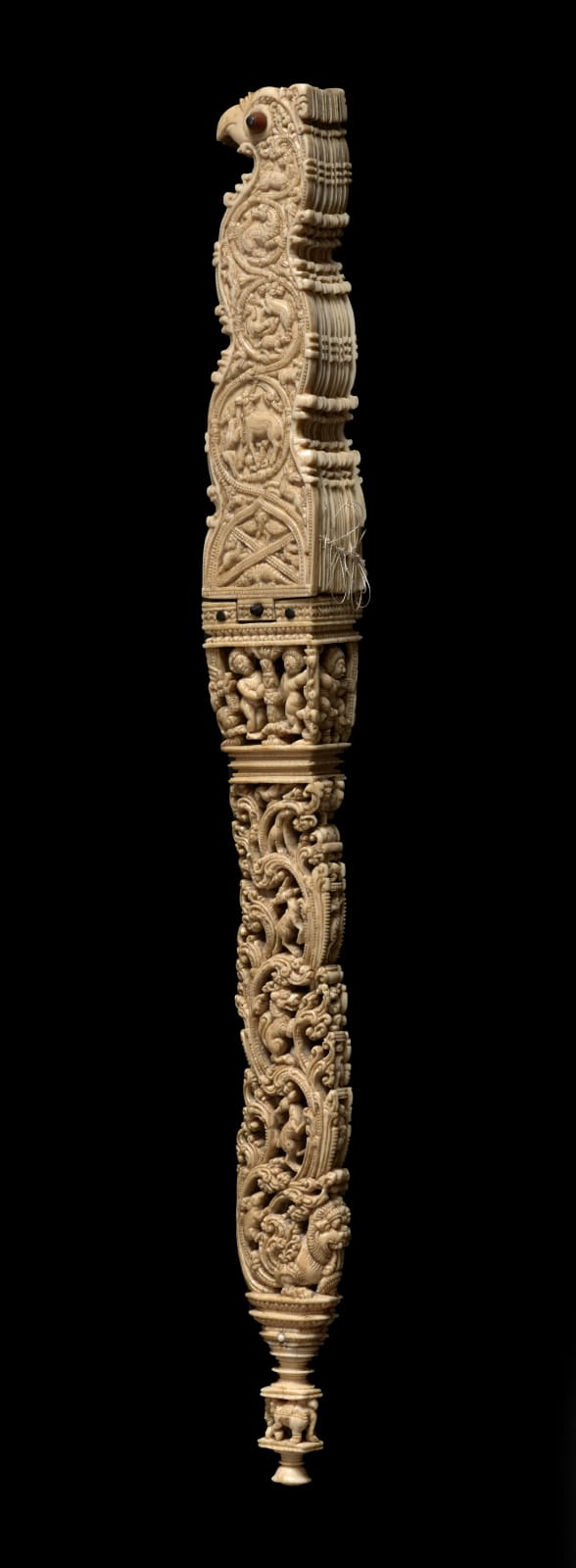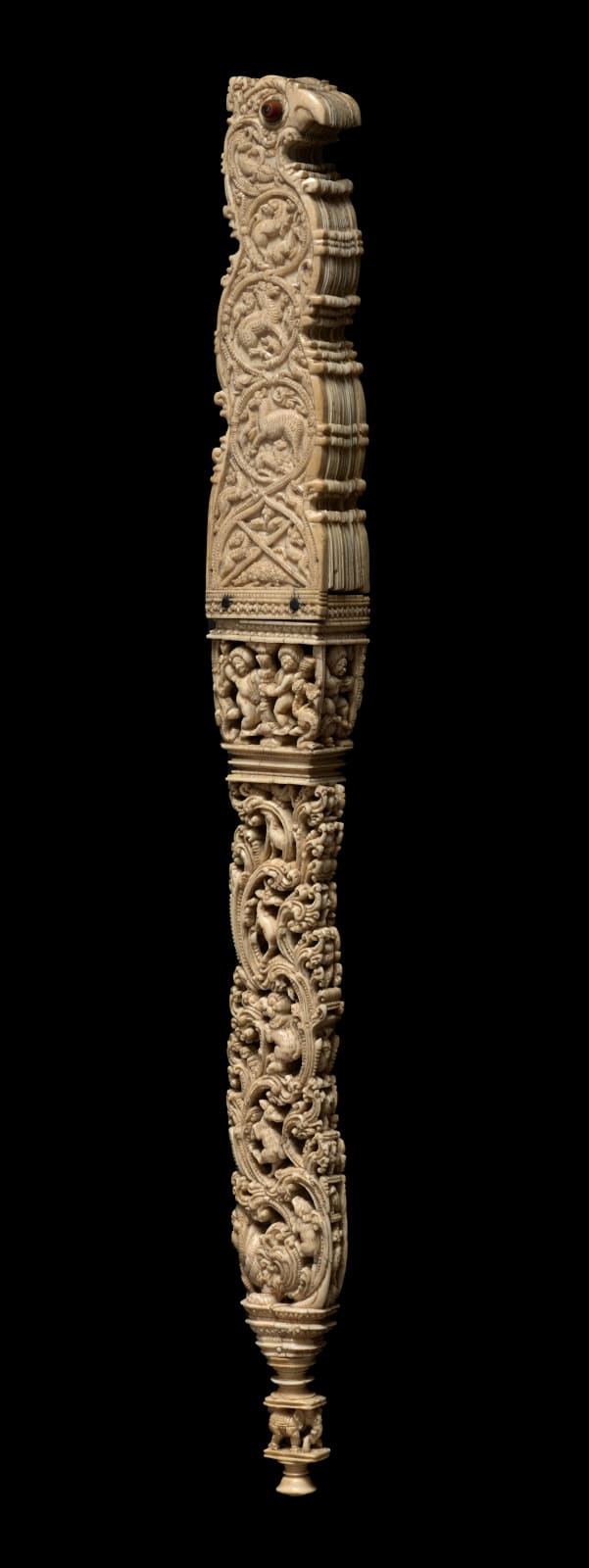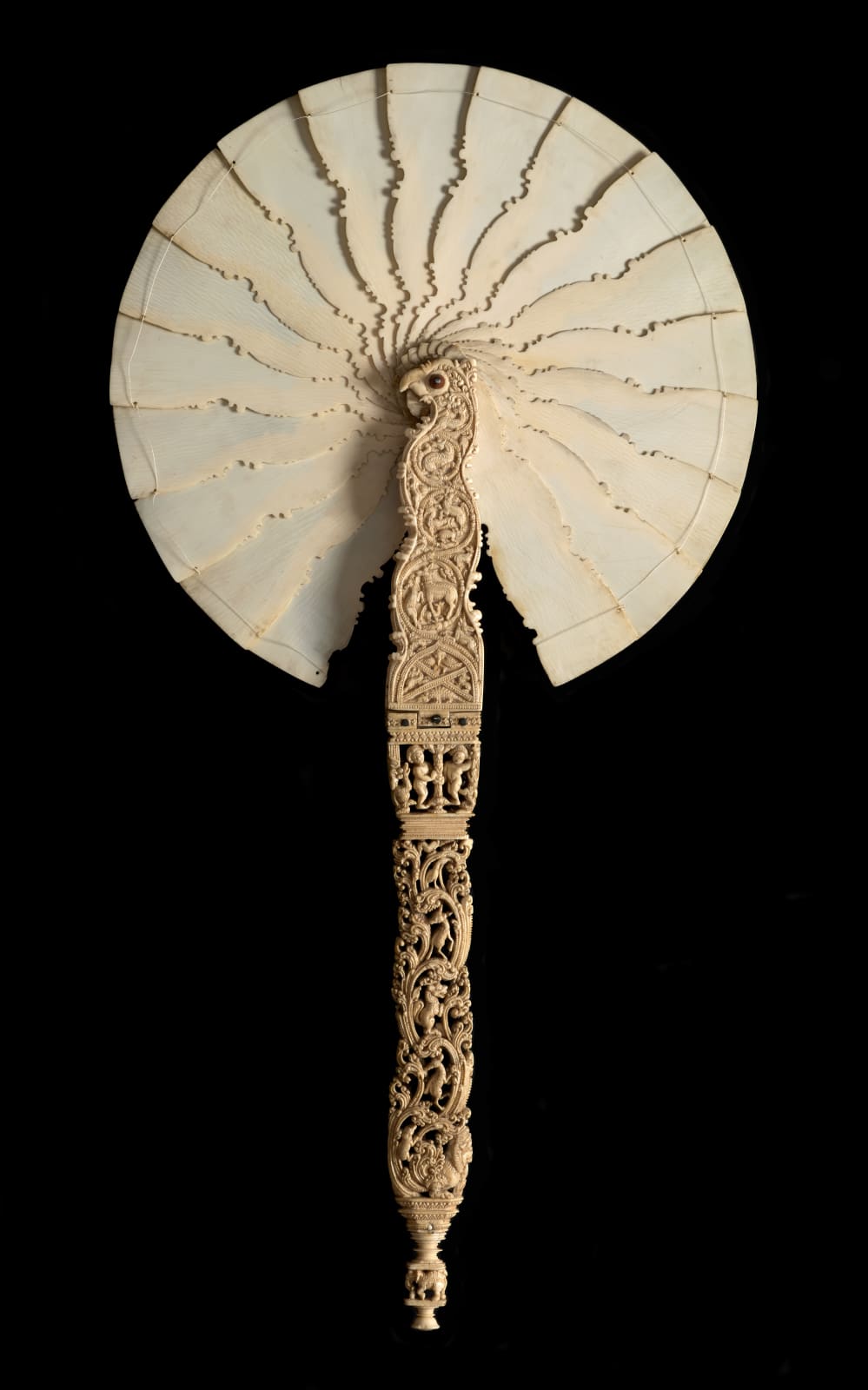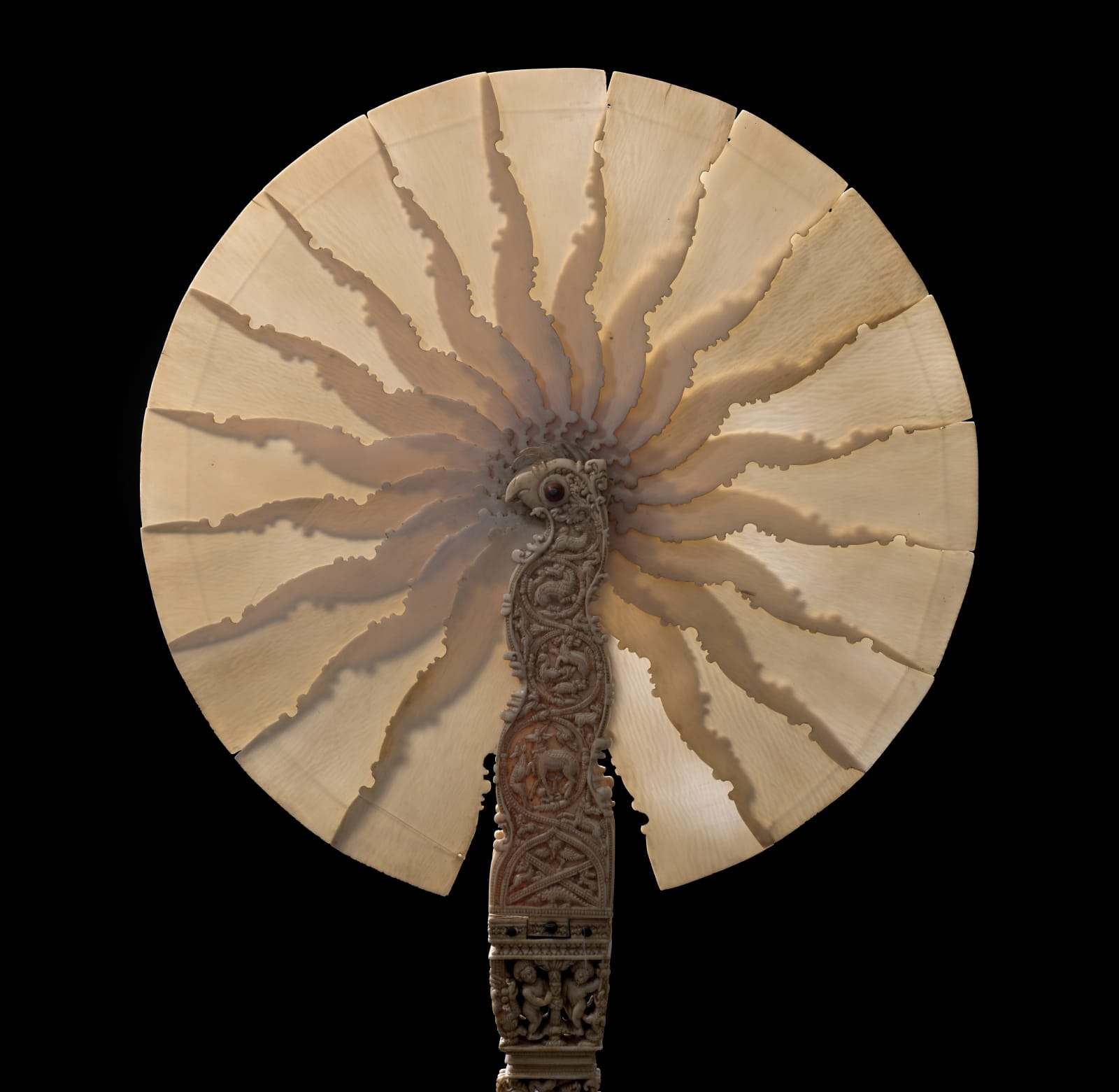The “Pangolin Fan”, Ceylon (present-day Sri Lanka), Kōttē, c. 1540-1551
Further images
-
(View a larger image of thumbnail 1
)
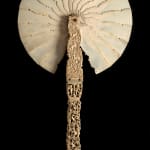
-
(View a larger image of thumbnail 2
)

-
(View a larger image of thumbnail 3
)
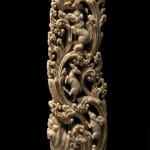
-
(View a larger image of thumbnail 4
)
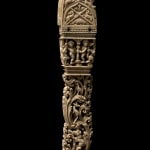
-
(View a larger image of thumbnail 5
)
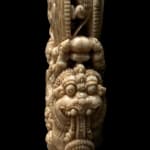
-
(View a larger image of thumbnail 6
)
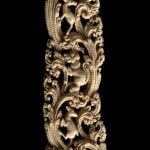
-
(View a larger image of thumbnail 7
)
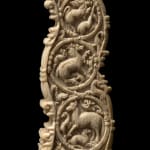
-
(View a larger image of thumbnail 8
)
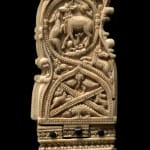
-
(View a larger image of thumbnail 9
)
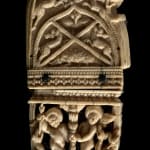
-
(View a larger image of thumbnail 10
)
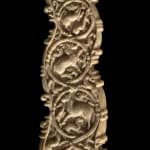
-
(View a larger image of thumbnail 11
)

-
(View a larger image of thumbnail 12
)
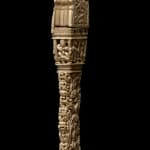
-
(View a larger image of thumbnail 13
)
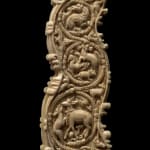
-
(View a larger image of thumbnail 14
)
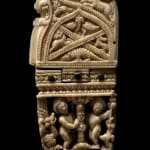
-
(View a larger image of thumbnail 15
)

-
(View a larger image of thumbnail 16
)
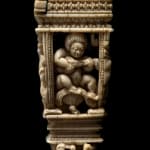
-
(View a larger image of thumbnail 17
)
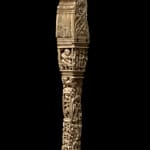
-
(View a larger image of thumbnail 18
)

-
(View a larger image of thumbnail 19
)

-
(View a larger image of thumbnail 20
)

-
(View a larger image of thumbnail 21
)
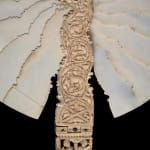
Provenance
Portuguese royal collection, 16th century
The “Pangolin Fan” was given this moniker by Hugo Miguel Crespo because of the unusual representation of an Indian pangolin (Manis crassicaudata), which he identified in the lower section of an inverted “coat of arms” carved on both sides of its upper handle. Thick-tailed, scaly Indian pangolins are not only native to the Indian subcontinent but also to Sri Lanka as well, however, its appearance on this fan is rather surprising, as pangolins are not usually represented in Sri Lankan sculpture or painting, nor is it a mammal commonly depicted in South Indian art. Equally mysterious is this fan’s history and provenance. We posit that it originated from the Portuguese royal treasury and wardrobe, having arrived at the Lisbon court before 1551, subsequently stolen by Philip II of Spain and taken to Madrid in 1583, where all subsequent traces of its existence were lost, until today. The essay in this volume by Crespo centres on this recently rediscovered “Pangolin Fan”, now in a private collection, carved in Kōttē at the court of Bhuvanekabāhu VII (r. 1521-1551), at the height of his reign.










